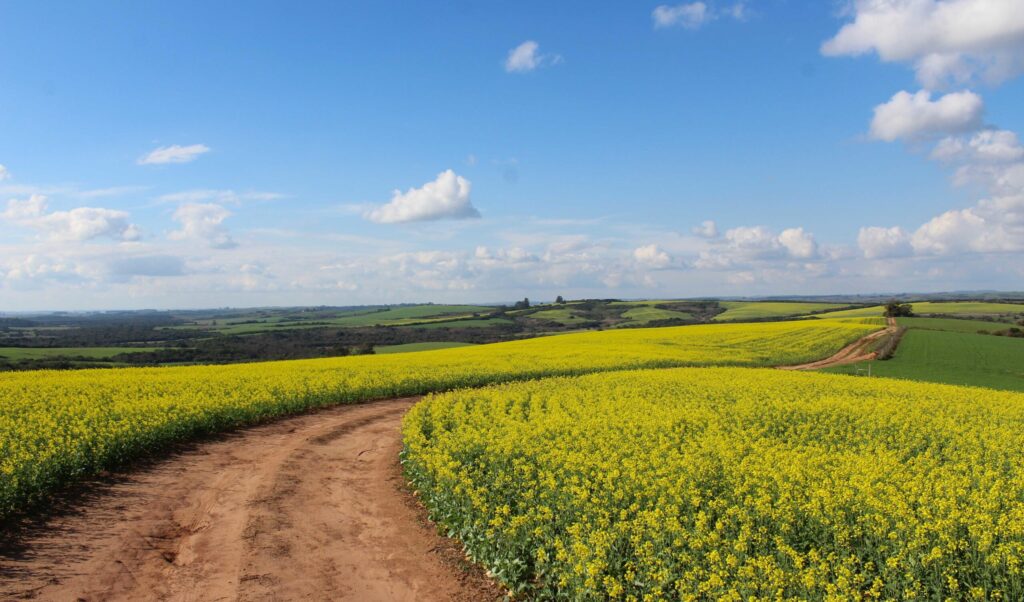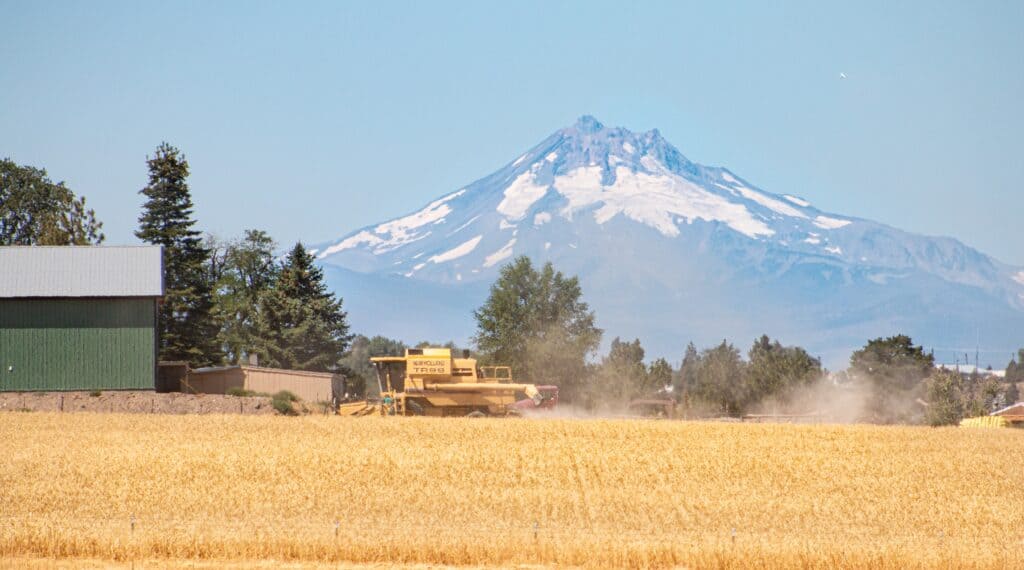In order to maximize production, vintners need to match the varietals they plant to the environment in which they’ll grow. They’ve also got to factor in consumer tastes.
With the average vine remaining viable for 40-50 years, these judgments are often made on less-than-perfect information. They have to rely on their work in the field and in the wine-making process to adapt to both observed and future climate change.
For example, a vintner can alter irrigation systems and schedules to adapt to changes in precipitation and heat. They can train the vines to minimize heat stress risk, manage the canopy structure to protect the fruit while increasing airflow and exposure to accelerate ripening.
We know warmer conditions will change the chemistry of the fruit at harvest. Warmer growing seasons typically see higher sugar in the grapes that yield more alcohol in the finished wine. Winemakers can use a number of adaptations during vinification to address changes in fruit and wine chemistry. However, all of these adjustments only go so far for a given variety or style of wine. If we see dramatic changes in climate in the future, we will need to reassess all of our approaches to both growing grapes and making wine.
Those who anticipate a long-term trend toward warming may opt to replant a portion of their acreage to different varieties or graft over existing vines. Other options might include planting at higher elevations or in a different area of the country. However, these strategies are costly and time-consuming, so they’re not entered into lightly. Growers must wait several seasons before they’ll get production out of that investment.



